In the newest video uploaded to my videos page, there a is a demonstration of something called the hollow face phenomenon. It is quite remarkable to observe your own senses betraying you as you watch the video. THe hollow face phenomenon refers to the fact that the brain, when looking at the concave side of a mask, perceives it as convex because there are no people who actually have concave faces. The brain takes the sensory information that is presented to it and skews it to fit into the paradigm that it believes is possible, based on previous experiences.
All parents are square flat boxes. Right?
While this works on a sensory level (which is troubling enough for some people), it also occurs on a cognitive and emotional level. If our prior experiences in trusting people were negative (i.e. betrayal, abuse, neglect), then our brain comes to believe that this is the only (or at least most likely) expectation that is possible. It then selectively attends to events and experiences both past and present that are consistent with that expectation. This reinforces that filter and makes it more likely to selectively attend in the future. Not only that, but when things happen that cannot be ignored but are inconsistent with the brain’s expectations, it will quickly re-interpret the experience so that it fits in with the existing paradigm.

For example, if your filter tells you that you are a loser and that no one likes you, the brain may have difficulty understanding when someone does something nice for you. The brain rectifies this glitch by explaining that they were only feeling sorry for you because you are such a loser. In this way, the brain can assimilate the contradictory experience while not having to change it’s perceptual filter.
A big part of therapy is recalibrating this filter system, learning how to recognize your confirmation bias in action, and ultimately, broadening that filter’s range of acceptable experiences.














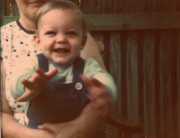
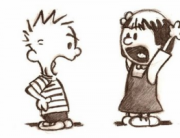

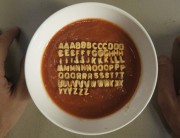



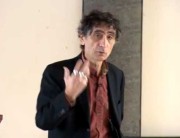
























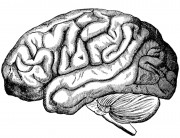
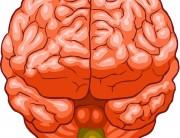


Recent Comments